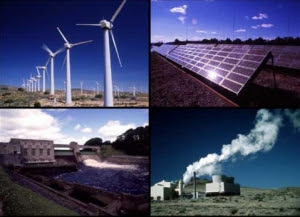The report, based on the work of some 2,500 scientists in more than 130 countries, concluded that humans have caused entirely or perhaps most of the most present planetary warming. Human-caused global warming often is referred to as anthropogenic climate change.
• Industrialization, deforestation, as well as pollution have tremendously increased atmospheric concentrations of water vapor, carbon dioxide, methane, and even nitrous oxide, entirely greenhouse gases which help entrap heat near Earth’s surface.
• Humans are pouring carbon dioxide to the surroundings much speedier than vegetation plus oceans could take in it.
• Those gases persist within the atmosphere for years, meaning that even if the mentioned emissions have already been eradicated now, it would not directly finish global warming.
• A number of experts show that natural cycles in Earth’s orbit can modify the planet’s hype to sunlight, which can describe the current trend. Earth have indeed experienced warming and cooling cycles harshly every hundred thousand years the result of these orbital shifts, but such changes have occurred along the span of several centuries. Today’s changes have taken place in the last hundred years or less.
• Industrialization, deforestation, as well as pollution have tremendously increased atmospheric concentrations of water vapor, carbon dioxide, methane, and even nitrous oxide, entirely greenhouse gases which help entrap heat near Earth’s surface.
• Humans are pouring carbon dioxide to the surroundings much speedier than vegetation plus oceans could take in it.
• Those gases persist within the atmosphere for years, meaning that even if the mentioned emissions have already been eradicated now, it would not directly finish global warming.
• A number of experts show that natural cycles in Earth’s orbit can modify the planet’s hype to sunlight, which can describe the current trend. Earth have indeed experienced warming and cooling cycles harshly every hundred thousand years the result of these orbital shifts, but such changes have occurred along the span of several centuries. Today’s changes have taken place in the last hundred years or less.


